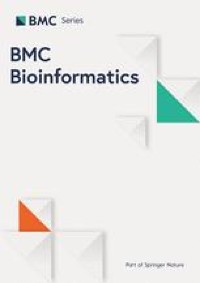15
ggcoverage: an R package to visualize and annotate genome coverage for various NGS data - BMC Bioinformatics
bmcbioinformatics.biomedcentral.comBackground Visualizing genome coverage is of vital importance to inspect and interpret various next-generation sequencing (NGS) data. Besides genome coverage, genome annotations are also crucial in the visualization. While different NGS data require different annotations, how to visualize genome coverage and add the annotations appropriately and conveniently is challenging. Many tools have been developed to address this issue. However, existing tools are often inflexible, complicated, lack necessary preprocessing steps and annotations, and the figures generated support limited customization. Results Here, we introduce ggcoverage, an R package to visualize and annotate genome coverage of multi-groups and multi-omics. The input files for ggcoverage can be in BAM, BigWig, BedGraph and TSV formats. For better usability, ggcoverage provides reliable and efficient ways to perform read normalization, consensus peaks generation and track data loading with state-of-the-art tools. ggcoverage provides various available annotations to adapt to different NGS data (e.g. WGS/WES, RNA-seq, ChIP-seq) and all the available annotations can be easily superimposed with ‘ + ’. ggcoverage can generate publication-quality plots and users can customize the plots with ggplot2. In addition, ggcoverage supports the visualization and annotation of protein coverage. Conclusions ggcoverage provides a flexible, programmable, efficient and user-friendly way to visualize and annotate genome coverage of multi-groups and multi-omics. The ggcoverage package is available at https://github.com/showteeth/ggcoverage under the MIT license, and the vignettes are available at https://showteeth.github.io/ggcoverage/ .
You must log in or # to comment.


